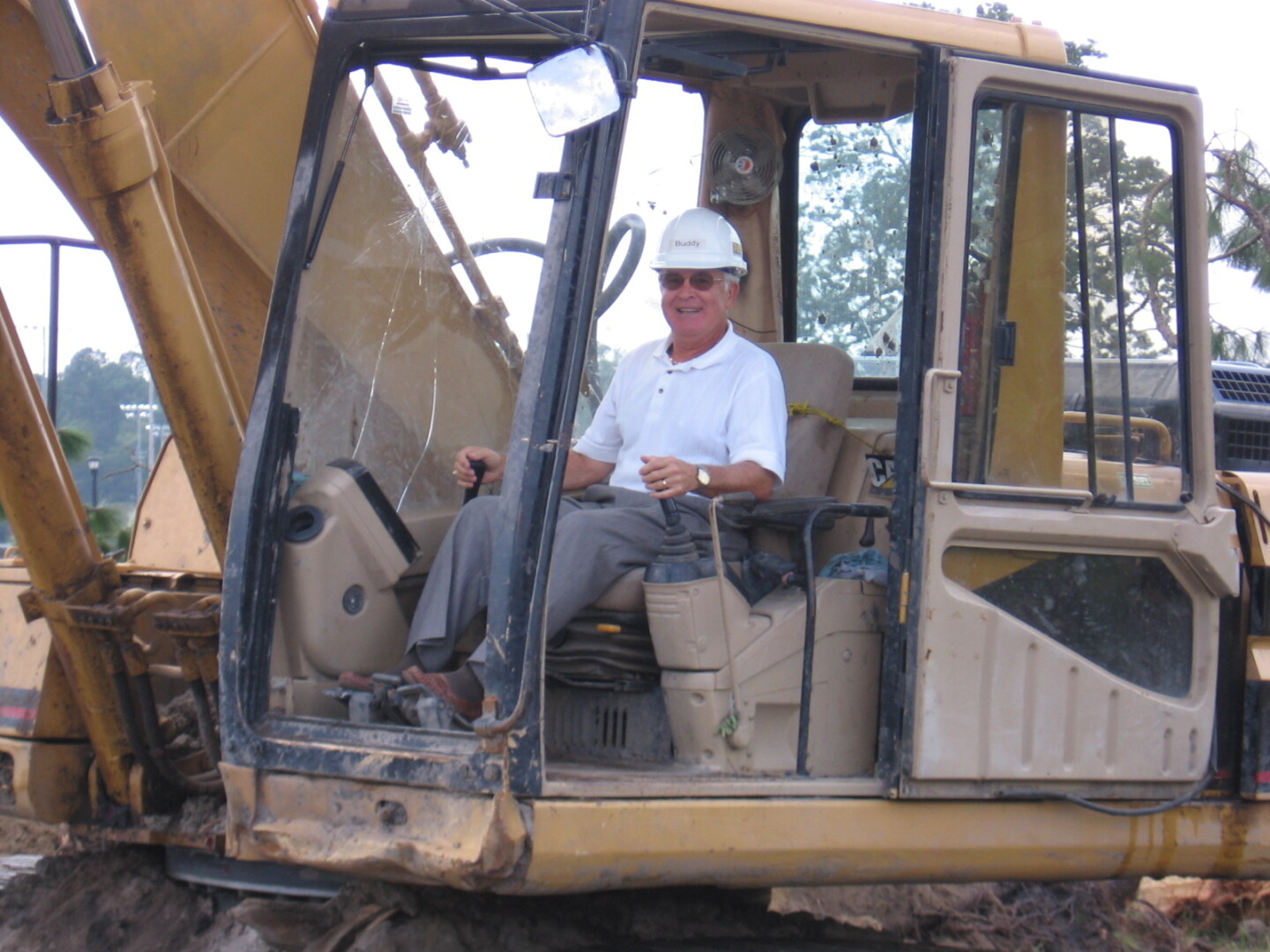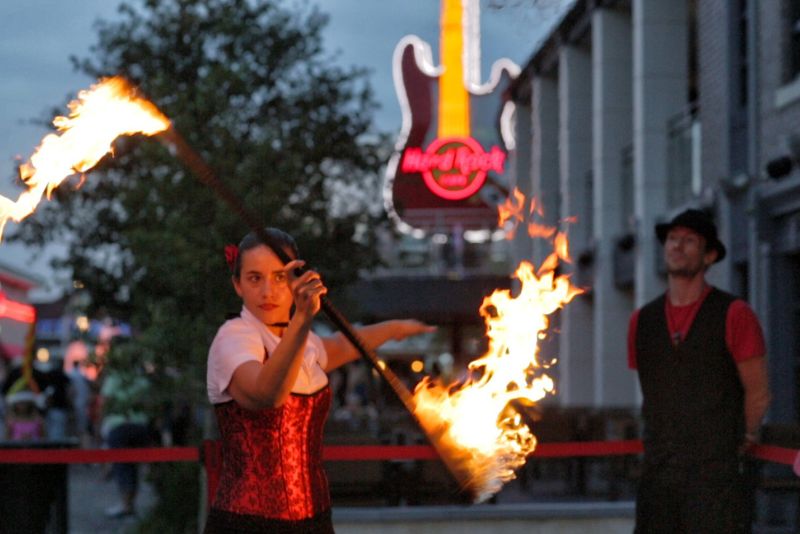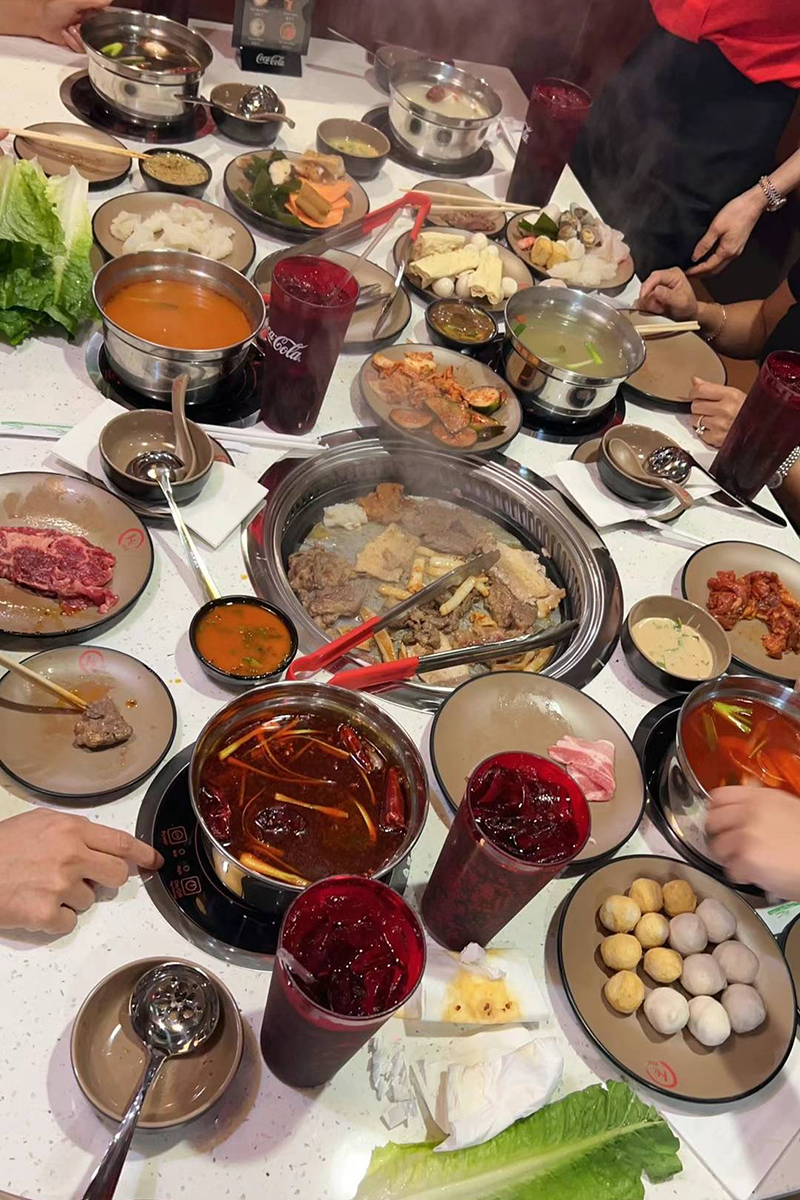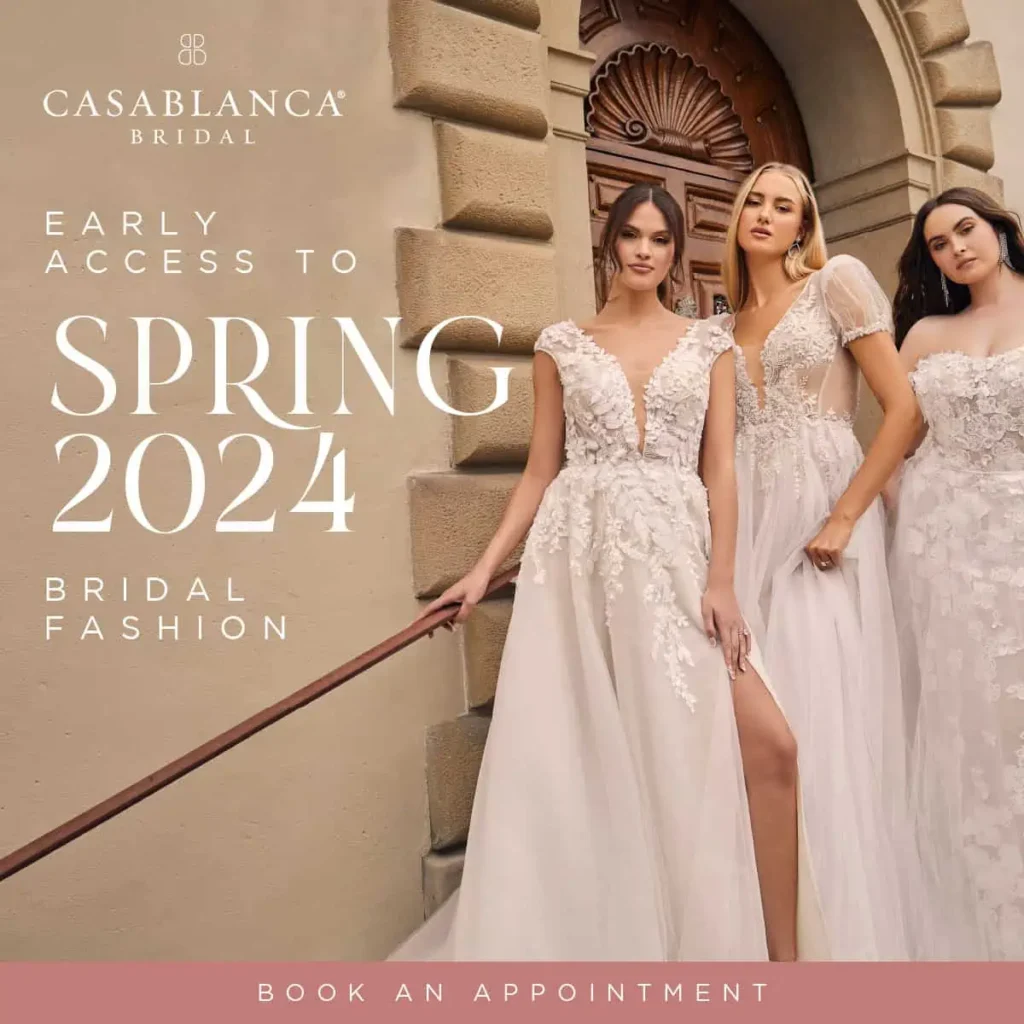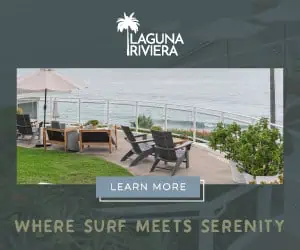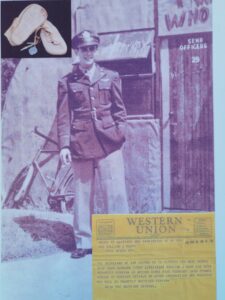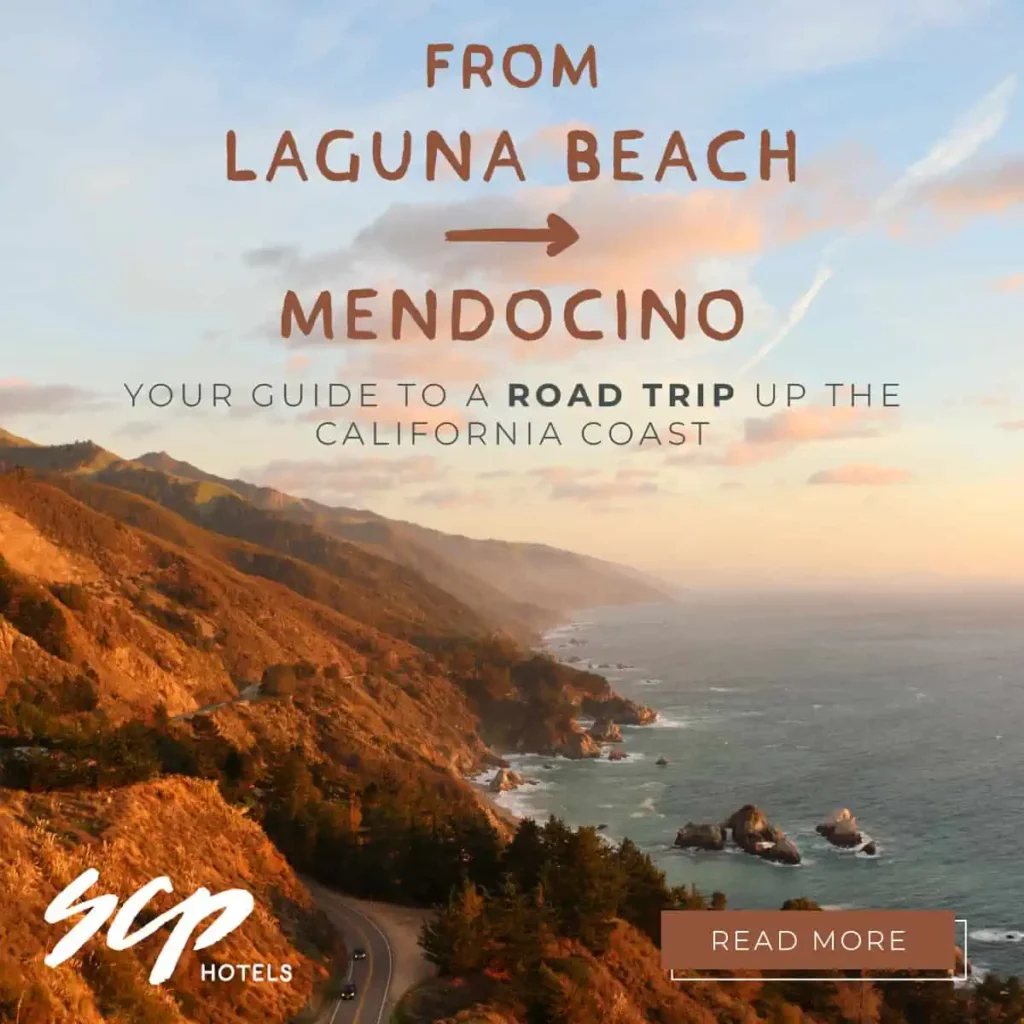This story is part 2 of a 7-part series which chronicles the redevelopment of the former Myrtle Beach Air Force Base and its evolution into the Market Common from the perspective of retired Air Force Colonel Buddy Styers, executive director of the Myrtle Beach Air Force Base Redevelopment Authority. This article continues where we left off with Part 1, from the October 2016 issue.
The Redevelopment Years of The Market Common
by Melissa LaScaleia
As the redevelopment plan from the former Air Force base called for an urban village, Buddy was trying to find a developer who had the financial wherewithal and experience to build one.
His next step was to put out a request for bids from commercial real estate companies. Once this was done, interested bidders met with the Redevelopment Authority board to make presentations.
Because the project was so large, they all felt that a local real estate company wouldn’t be a match for the task. So the board selected a large-scale commercial real estate company from Atlanta. After a year, that company didn’t bring them one single prospect, so Buddy terminated the relationship.
“After that,” says Buddy, “I decided I had nothing to lose in looking at local real estate companies.”
Within a couple of months, the board was considering the proposals of Gary Roberts, the broker in charge of the local chapter of Coldwell Banker, and another local real estate company. The board chose Gary Roberts, and gave him an exclusive listing to bring them a master developer with financial strength and experience in building urban villages. This was late in 2003.
With this selection, the redevelopment team’s luck took a turn for the better. In less than three months, Gary did what the other company had not been able to do in a year.
Gary had a friend in Wilmington who had a contact in a national development company located in Washington, D.C. They had the money to build an urban village and also had a connection with McCaffery Interests, a master developer. They were the right fit.
“It still took a while to implement the plan after that,” Buddy says. “We had to work with the city to find out about zoning and construction permits.”
Over the course of a year, they struck a deal to sell McCaffery Interests the 110 acres which now makes up the Market Common district, and the developer committed to building them an urban village. The company, led by Dan McCaffery, had already built one in Arlington, Virginia.
“It was exactly what I and Jack Walker, the city planning director at the time, had envisioned for Myrtle Beach,” says Buddy. “In the late ’80s this was the hot buzz word— urban village— a place where people can live, work, shop and play. It was still a buzz word in the years 2002-2003 as we looked more closely at how to redevelop this piece of property.”
“We were just fortunate,” he continues, “that we found Dan; and that one of his finance partners, Leucadia International, a publicly traded company, approved of the project.”
Dan had many connections that opened further doors for Buddy and ensured the forward movement of the redevelopment project. He had his own architectural firm based in Chicago which could design the project. He also had a relationship with a construction company based in San Francisco called Plant Construction, who ended up being the builders.
So the team was in place, and plans were underway.


